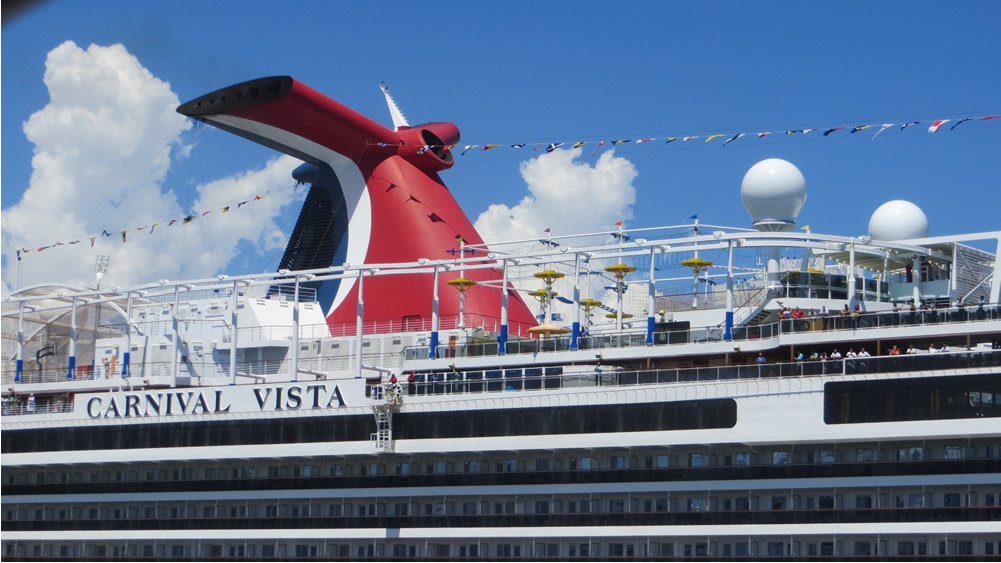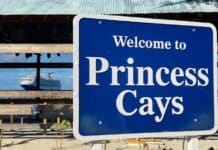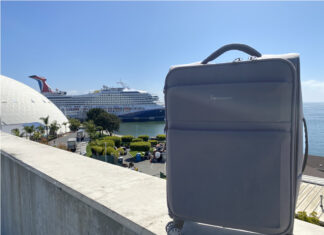To say that 2020 was a bad year for cruising would be an understatement. While the entire world felt the impact of the health crisis, perhaps no industry was hit as hard as cruising.

At the beginning of the pandemic, cases on cruise ships made headlines. Trips were suspended, tens of thousands of crew had to be repatriated, and passengers with booked trips had to be offered refunds.
Beyond that, the costs of staying in business continued to pile up. Enormous amounts of money had to be spent to keep ships laid up, keep a small crew onboard, and make payments on debt.
In other words, not only did cruise lines have to pause their business — meaning limited or no revenue coming in — but they also had to spend billions of dollars to meet obligations during the health crisis.
The result? Billions of dollars in losses that cruise lines have had to offset by issuing enormous amounts of debt and equity in order to keep in operation during a pause in sailing.
But how much did cruise lines actually lose?
We looked into the world’s largest cruise company — Carnival Corporation — to get an idea of just how staggering the impact of COVID on cruises has been.
A Global Cruise Giant Among the Hardest Hit
Carnival Corporation is the largest cruise company in the world when it comes to revenue. In 2019 (before the pandemic hit), the company brought in a staggering $20.8 billion. That comes out to roughly $57 million per day.
The company’s operations are much more than its namesake Carnival Cruise Line, which operates primarily in the United States. In fact, there are nine different brands owned by Carnival Corp.: Carnival, Princess, Holland America, P&O U.K, P&O Australia, Seabourn, Costa, AIDA, and Cunard.
Carnival Corporation sails around the entire globe with a fleet of 88 ships (and more than 100 before the pandemic).
As the largest cruise company, it was also among the hardest hit. The world watched as a number of its ships were embattled with cases of COVID. That included the Diamond Princess, which sat in quarantine in Japan as the virus spread among passengers and crew.
In the middle of March, Carnival Corporation suspended all cruises, alongside the entire industry. While no one knew it at the time, that pause largely marked the end of cruising for 2020. While some ships have returned on limited journeys, for the most part the company went the rest of the year without revenue.
Billions of Dollars in Losses
So how much money did Carnival Corporation lose in 2020?
Since the company is public, it’s required to make regular financial disclosures. The cruise company recently filed its latest annual report for 2020. It shows that Carnival Corporation lost $10.24 billion in 2020 — an average of $28.1 million per day.
Here’s a breakdown of those losses on a quarterly basis:

Where did those losses come from?
Let’s start with revenue. In 2019 — the last full year before the pandemic — Carnival saw $21.8 billion in revenue. But with cruises paused, revenue dropped 74% to $5.6 billion in 2020.
Most of that revenue came in the first quarter of the year. In the company’s last quarter of 2020, it brought in just $34 million.
But of course, it’s not just low revenue that leads to large losses. There are also the costs of keeping the business running while there are no passengers.
Despite not carrying passengers for most of the year, Carnival Corporation still spent $8.2 billion during the year on operating costs and had another $6.2 billion in expenses such as depreciation and goodwill impairments.
All told, the company had nearly $14.5 billion in operating expenses for the year, and an additional $1.4 billion in non-operating costs, such as interest expense.
Add up the lower revenue and the expenses need to still operate, the business saw a total loss of more than $10.2 billion dollars in 2020.

Losses Continue, But Carnival Is Prepared
That sort of loss is staggering, but there is some good news. While the company has been battered, it has raised a total of $19 billion so far to stay afloat. That’s allowed it to continue operating despite cruises being paused for nearly a year — a pause which will continue months into the future.
The company says it has enough funds to “satisfy our obligations” for at least another year, thanks to $9.5 billion in available cash and cash equivalents.
Unfortunately for Carnival, it appears that the big losses will continue, at least for the time being. It has already suspended cruises through at least April, with heavy modifications to the cruise schedule for later in the year.
While the cruise line says that demand for cruises remains promising, it looks to still be well into the future until the company’s business gets back to normal.












